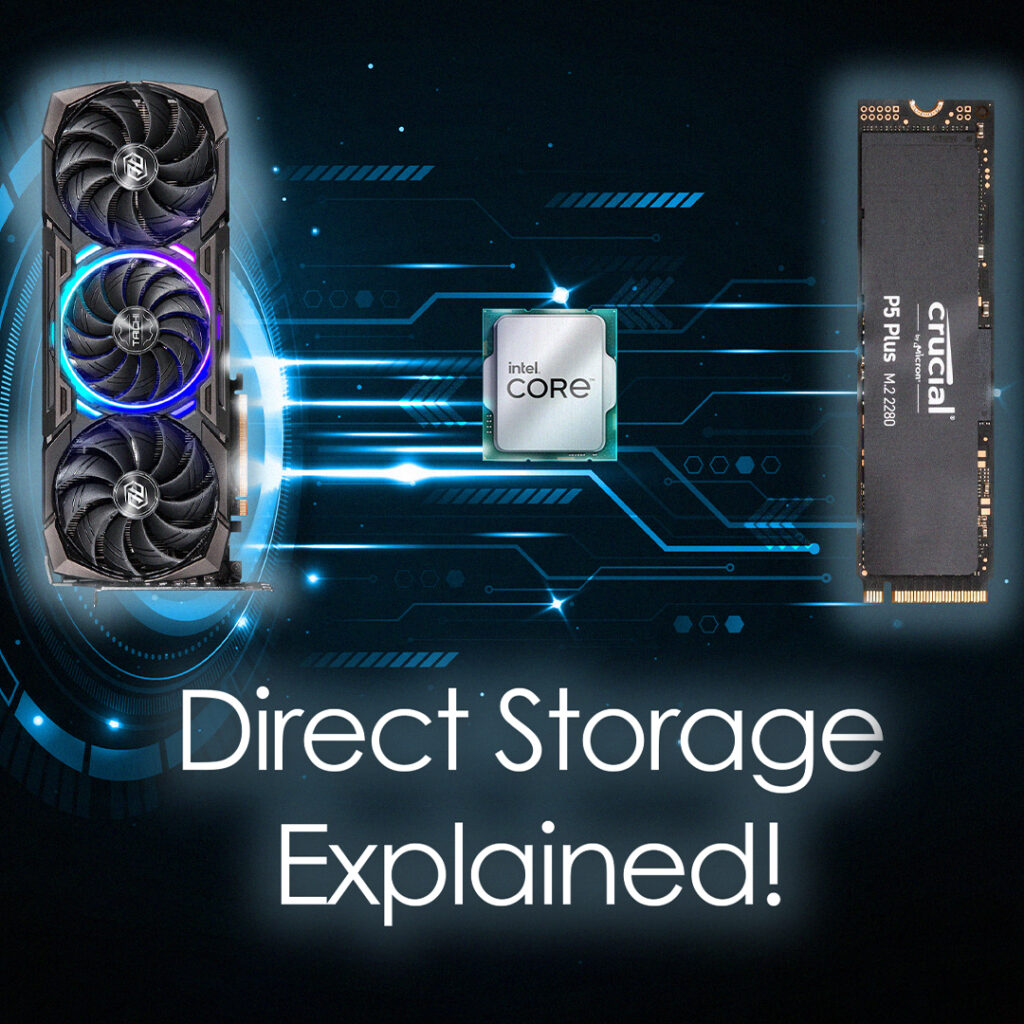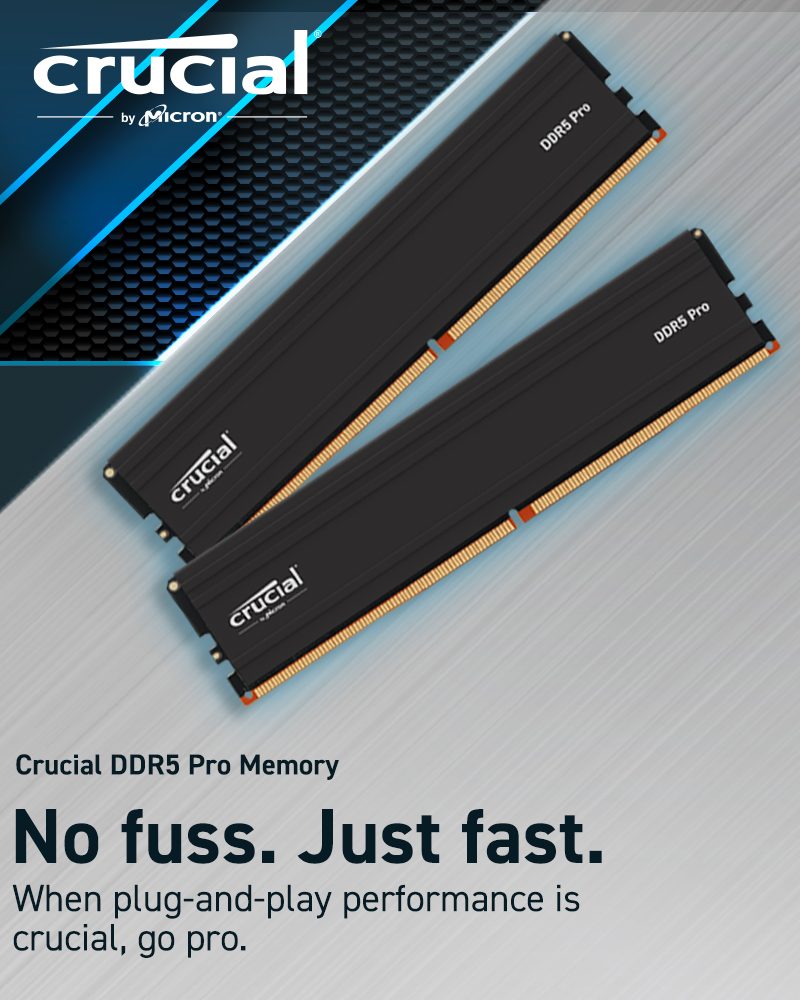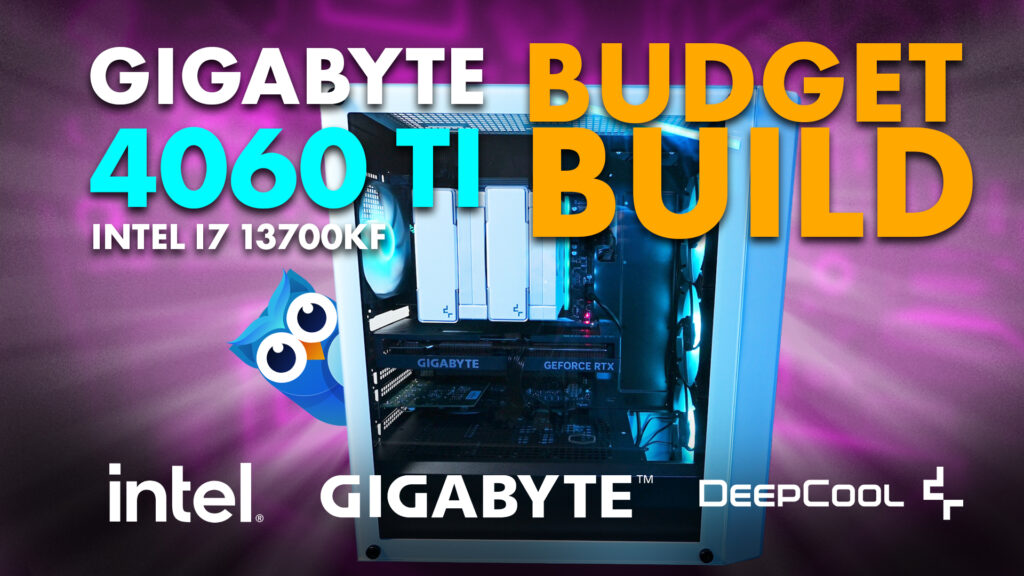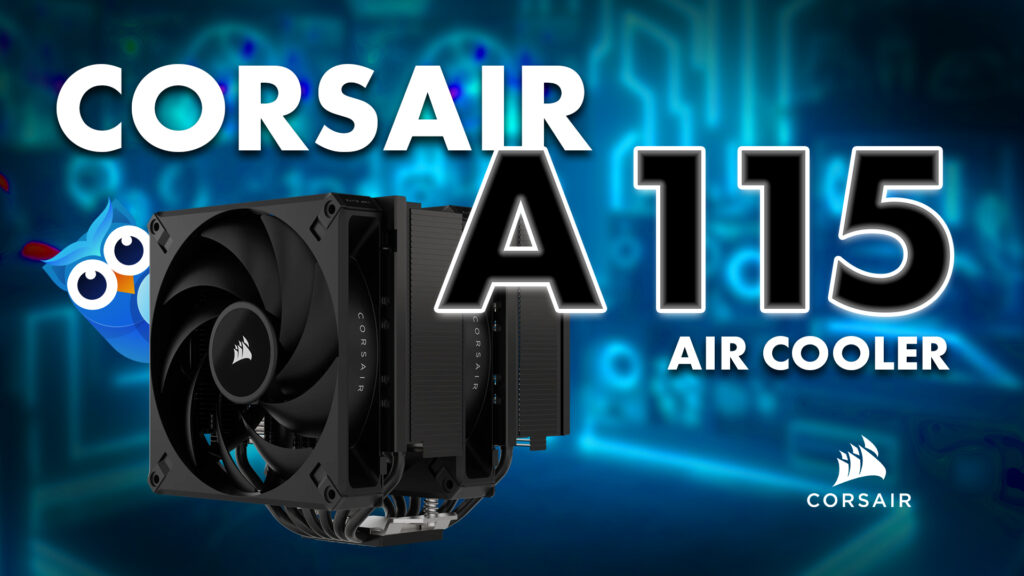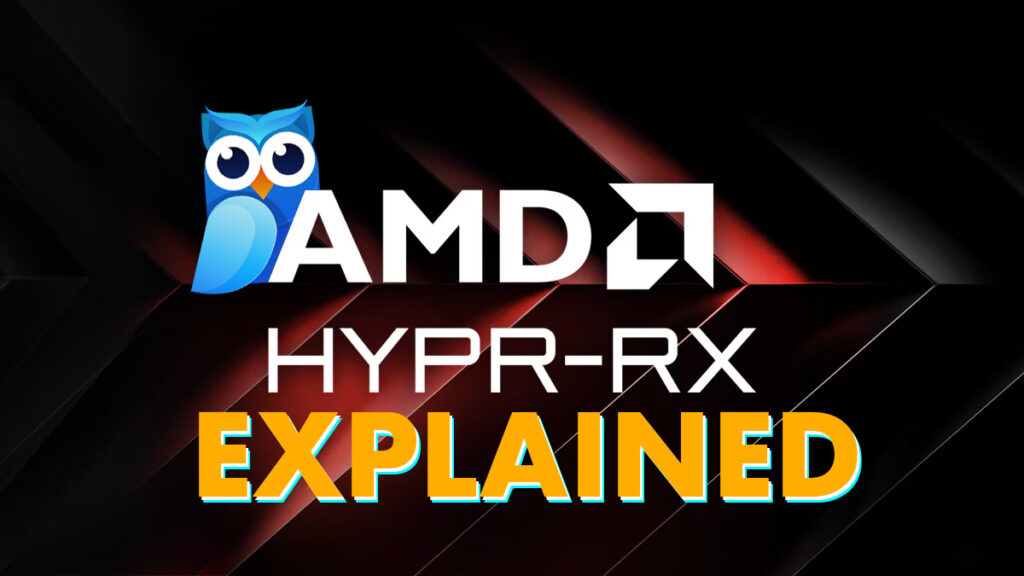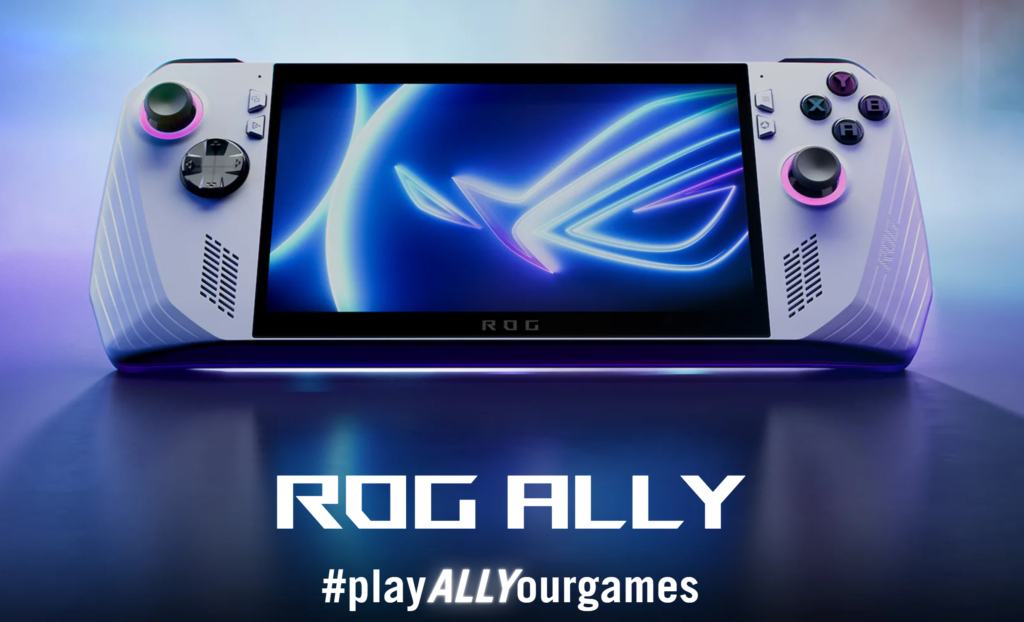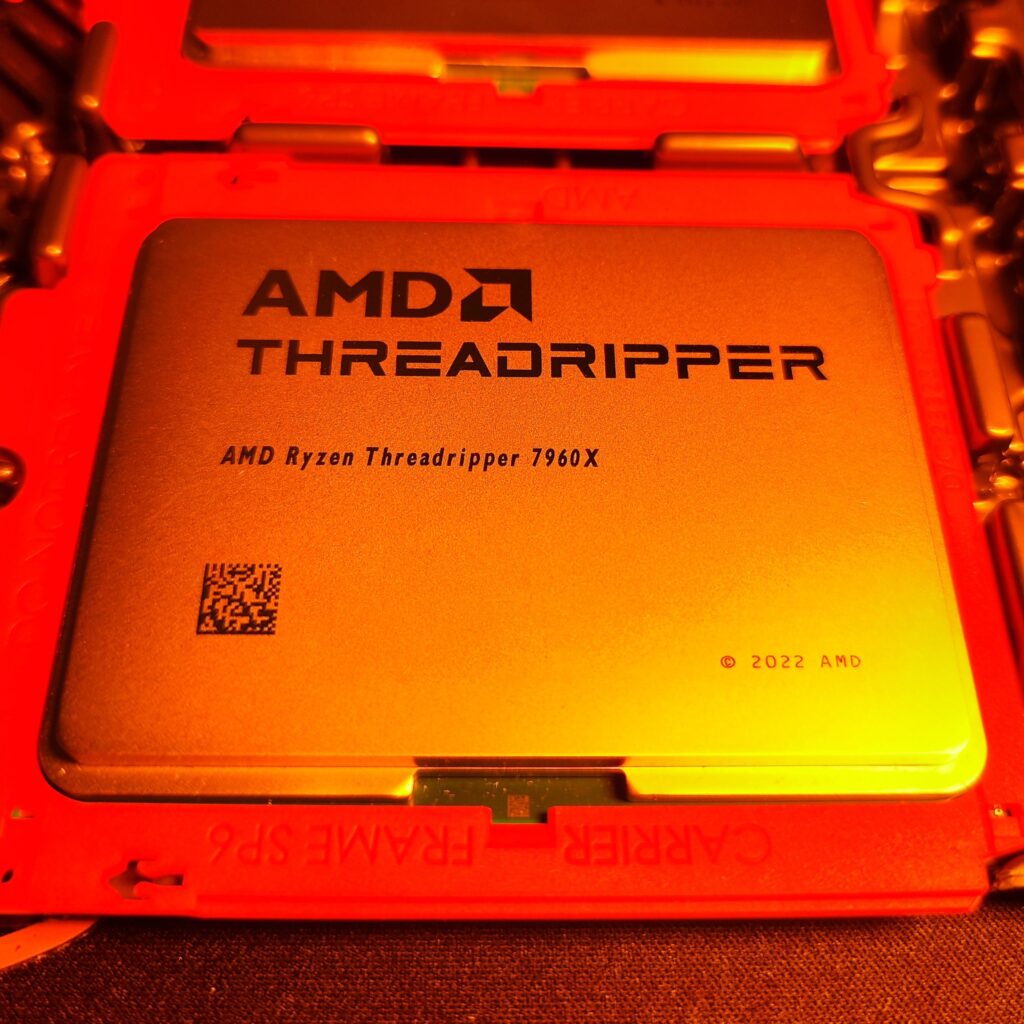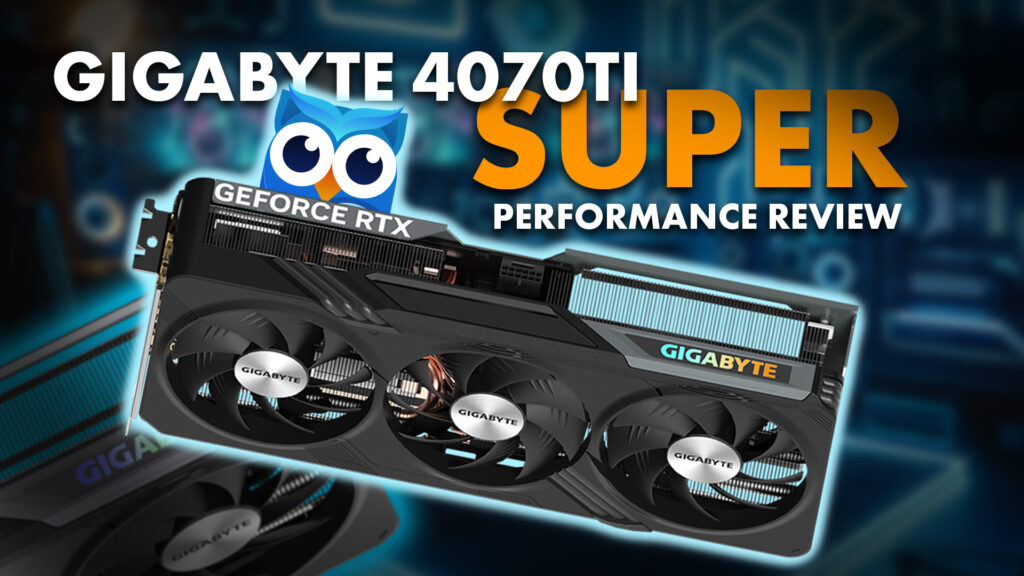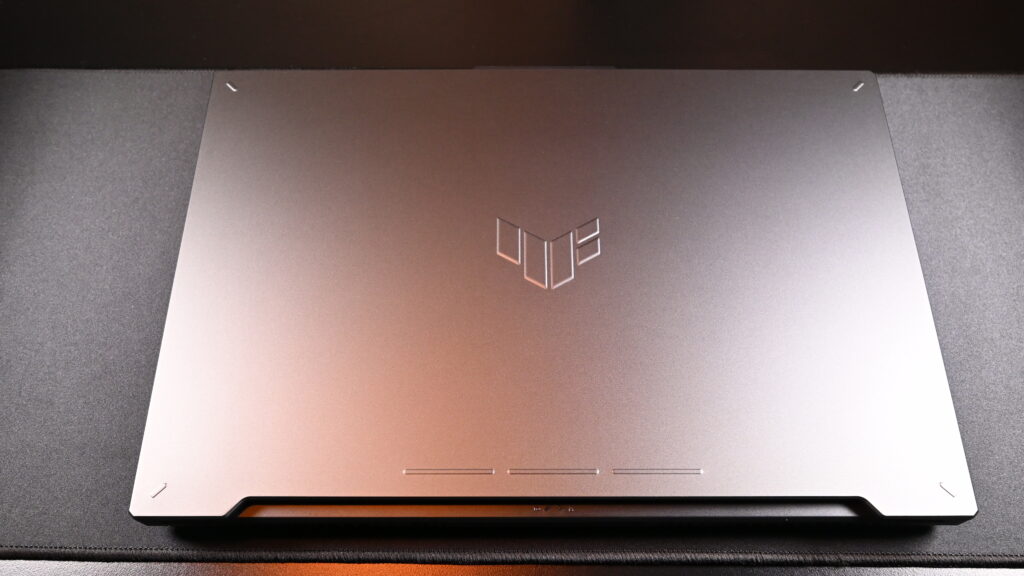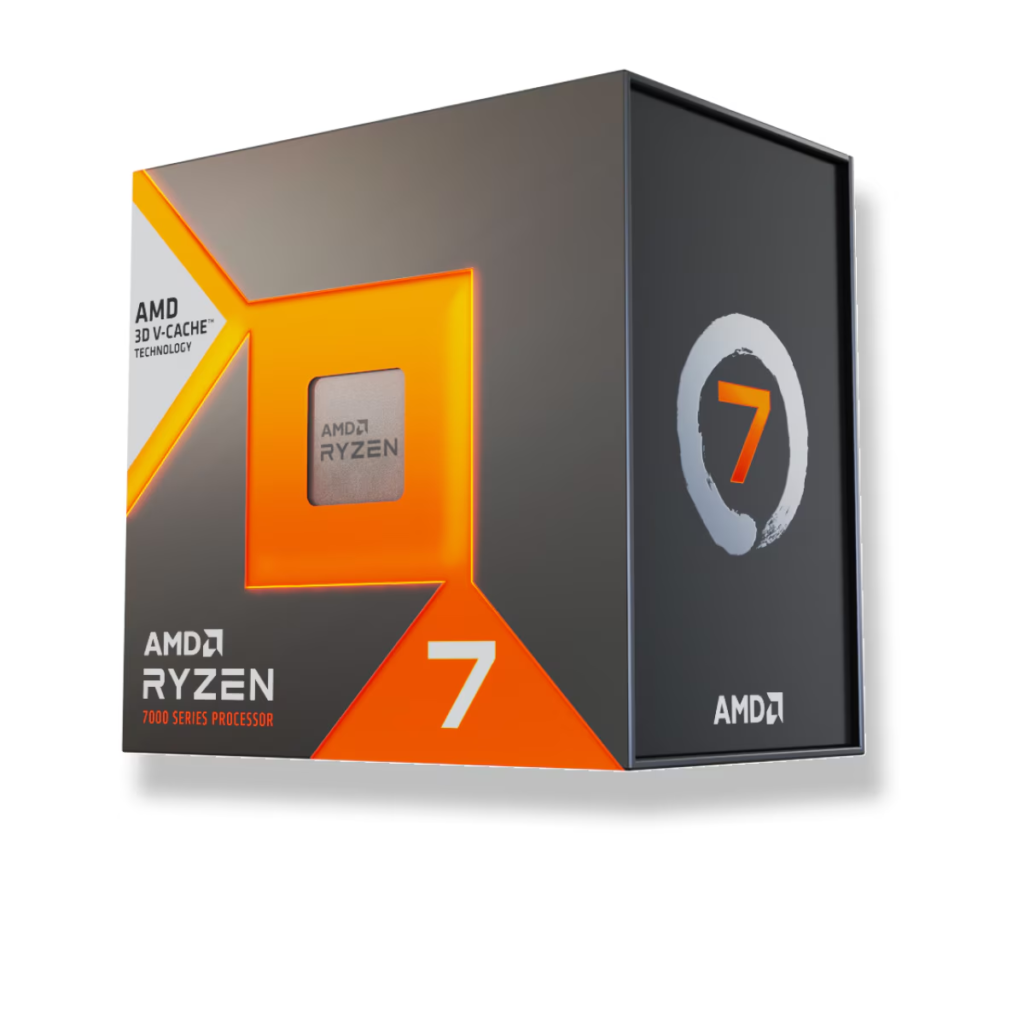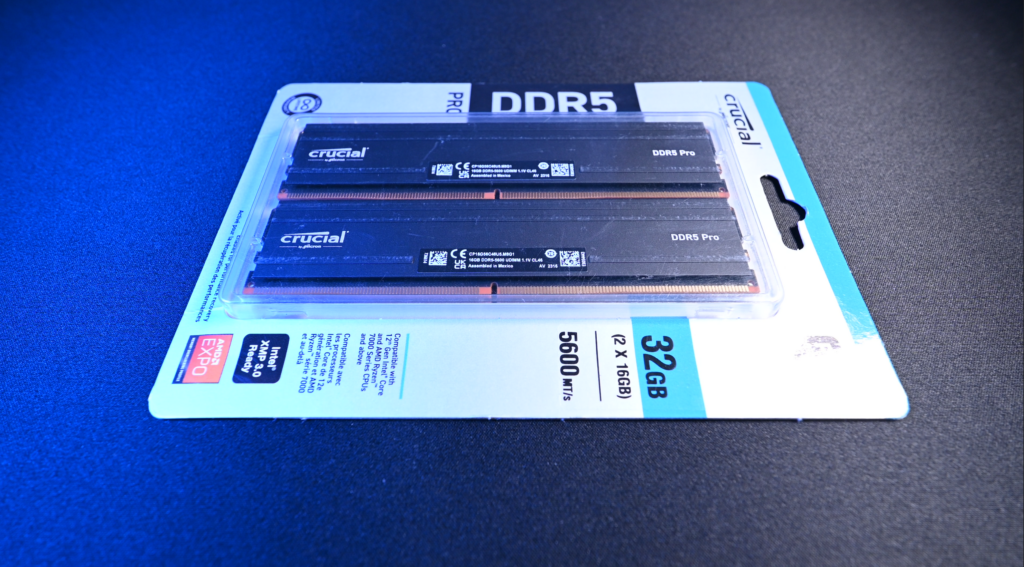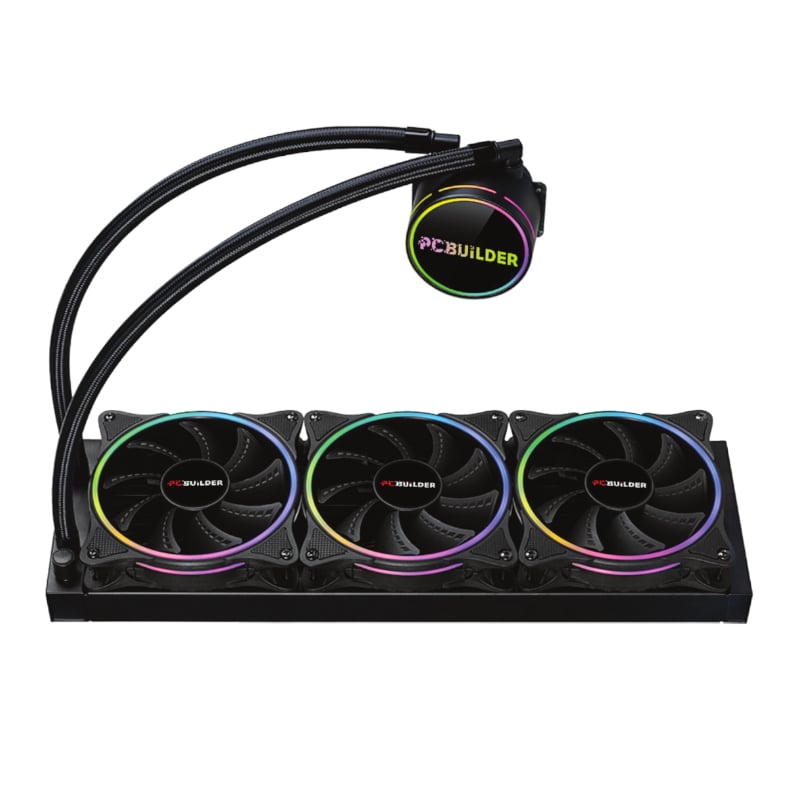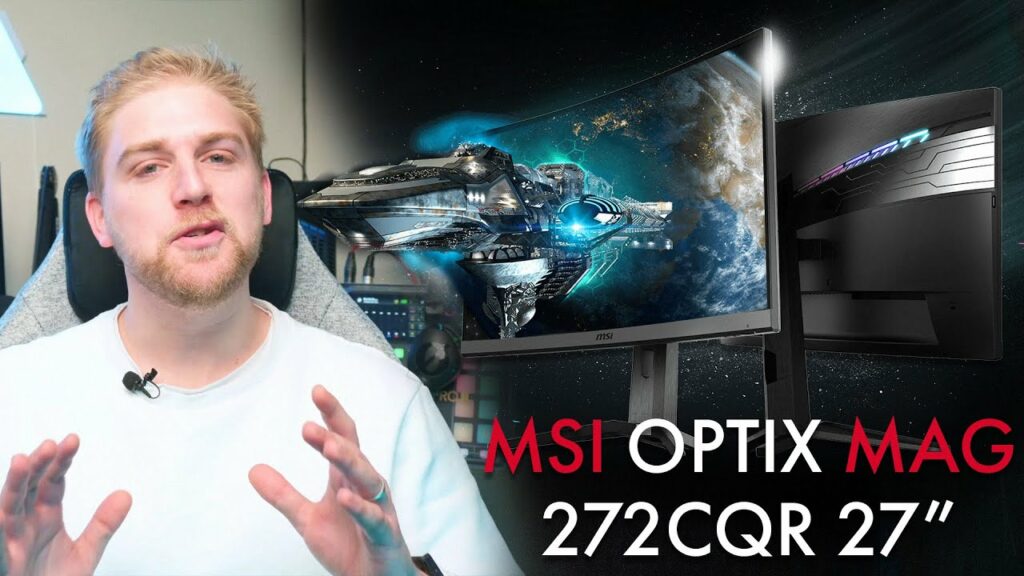In this article, we delve into the world of NVMe SSDs and how the introduction of Direct Storage from Windows has revolutionized gaming performance. Bypass IO can only be utilized by NVMe so thus, we focus on the latest SSD technology, NVMe, and explore its potential impact on gaming experiences.
Not all SSDs are created equally
Not all SSDs are created equal, especially when it comes to gaming performance. This fact was only partially true a few months ago when differences among SSDs were marginal. However, with advancements in technology, specifically NVMe SSDs, the scenario has changed. Today, we’ll focus on NVMe SSDs and how they are reshaping the gaming landscape and the impact of Bypass IO
Understanding the Different Types of SSDs
Before diving into the specifics of NVMe SSDs, it’s essential to understand that there are various types of SSDs available in the market. The main categorization of SSDs are: SATA SSDs, M.2 SATA, mSATA, and U.2 SSDs, but our main focus will be on NVMe SSDs due to their relevance and superior performance in gaming scenarios.
NVMe (Non-Volatile Memory Express) SSDs are the latest technology and fastest commercially available SSDs. Commonly found in modern PCs, laptops, and motherboards, NVMe SSDs offer superior speed and performance, making them ideal for demanding applications like gaming.
Factors to Consider with NVMe SSDs
When considering NVMe SSDs, three crucial factors come into play: size, speed, and capacity. While NVMe SSDs are generally more expensive due to their advanced technology, the investment is justified by the significant boost in performance.
Bypass IO in action

The Introduction of Direct Storage and Bypass IO
The introduction of Direct Storage, also known as Bypass IO, by Windows has had a game-changing impact on NVMe SSDs. The impact, while still in its infancy, is a promising path for performance gains in gaming in the future. To best explain this technology, it bypasses several storage and volume stacks, improving efficiency and reducing loading times. Through bypassing, it optimizes the use of NVMe SSDs for gaming by leveraging the GPU’s efficiency in image decompression, leading to faster loading times and potentially better gaming experiences.
Traditional Storage Flow

Looking ahead, the implementation of Bypass IO not only promises faster gaming load times but also hints at other future benefits. By utilizing the GPU for decompression, the load on the CPU is reduced, potentially resulting in better frame rates, stable outputs, improved rendering of distant images, and enhanced gaming performance overall as each component is focused on what it is most efficient at.
Bypass IO:

Conclusion
In conclusion, embracing NVMe SSDs, especially for gaming, is a prudent decision, but not just yet. As the technology is relatively new, the API-Type software benefit has not been fully implemented, there are very few games that can actually utilize its benefit.
However, with the advent of technologies like Direct Storage and Bypass IO, the performance gains will become more significant which will justify the cost of your ultra-high-end NVMes eventually. My final words would be that if you want to elevate your gaming setup, consider making NVMe SSDs an integral part of your system sooner rather than later.


